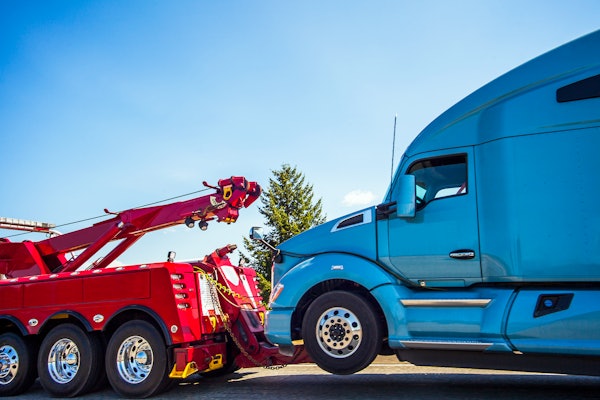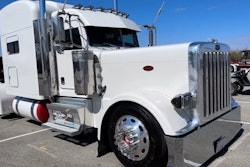The Owner-Operator Independent Driver Association spoke against changing truck size and weight limits at a Department of Transportation session to gather public feedback, citing the recent Interstate 5 bridge collapse as a prime example that U.S. infrastructure can’t handle more stress.
The May 29 meeting was the first of four sessions the DOT will hold to gain public comment for its two-year study of the matter. The next meeting will be this fall, but department officials have not yet announced a date.
OOIDA said the I-5 bridge collapse in Washington was more proof that U.S. infrastructure is already compromised. In recent years, state and federal budgets have been unable to properly maintain roads and bridges and issues such as truck stopping distances need to be examined before changing limits.
The MAP-21 transportation reauthorization bill passed last summer required the study, which is really two simultaneously conducted evaluations and assessments.
The first compares trucks operating at or below the federal truck size and weight limits to trucks operating above the federal limit. Researchers will examine crash rates, impact on infrastructure, compliance levels and enforcement costs.

The second evaluates operating alternative configuration vehicles, including six-axle 97,000-pound trucks, on different parts of the U.S. highway system. The project studies elements including diversion between rail and trucks and impact on safety and infrastructure impact.
As it has annually in recent years, Congress is considering bills to either freeze or expand size and weight limits for trucks. The American Trucking Association supports legislation that would allow states to increase Interstate truck weights to 97,000 pounds if a sixth axle is employed.
The DOT will post a meeting summary and transcript on the FHW website, but hasn’t yet.










